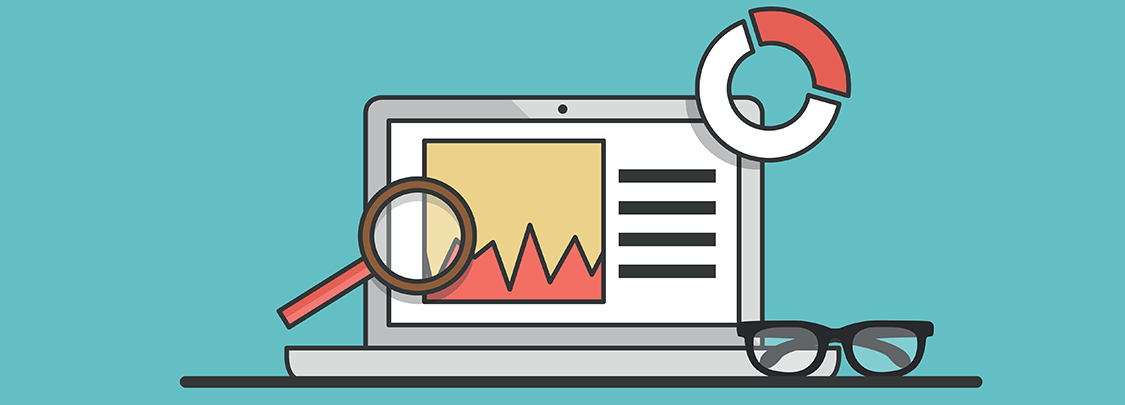What are the types of waste in Lean?
A key concept in Lean is ‘waste’, which can be defined as anything that doesn’t add value to the customer.
In Lean, there are 8 types of Waste:
- Transport: is all about unnecessary movement of work, for example, sequential process steps are not co-located, or files are being transported from one location to the other.
- Inventory: is about holding information and material longer than required, for examples piles of unprocessed work, unread emails or overstocked marketing materials.
- Motion: which is the non-value-added movement of people such as unnecessary meetings or walking to the copier and printer.
- Waiting: causes waste through delays or stoppages. Waiting for instructions, waiting for the next production step, or simply running slow computers, are all part of it.
- Overproduction: unnecessary effort producing work in excess or ahead of customer requirements. Think of printing paperwork before it is needed or processing items before they are required in the next process step.
- Over-processing: unnecessary activity due to complex processes and systems, such as too many approvals or an application form where the same data is needed in different places.
- Defect: is the effort involved in inspecting for and fixing defects, such as data entry errors.
- Un-utilized People: covers aspects such as ignoring improvement ideas from people on the floor, or restricting employee’s responsibility to make routine decisions.


